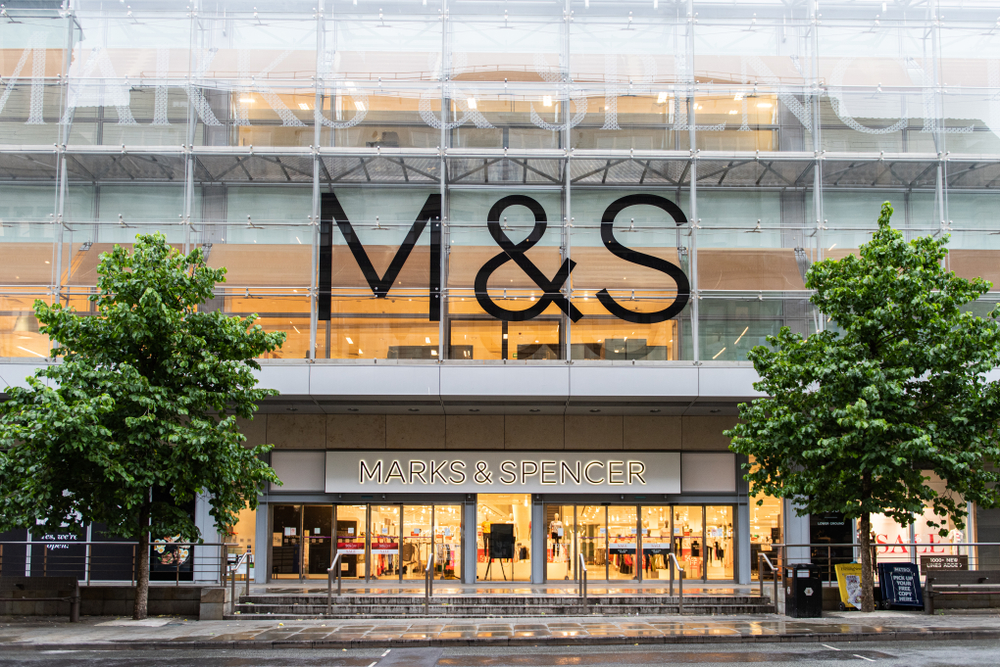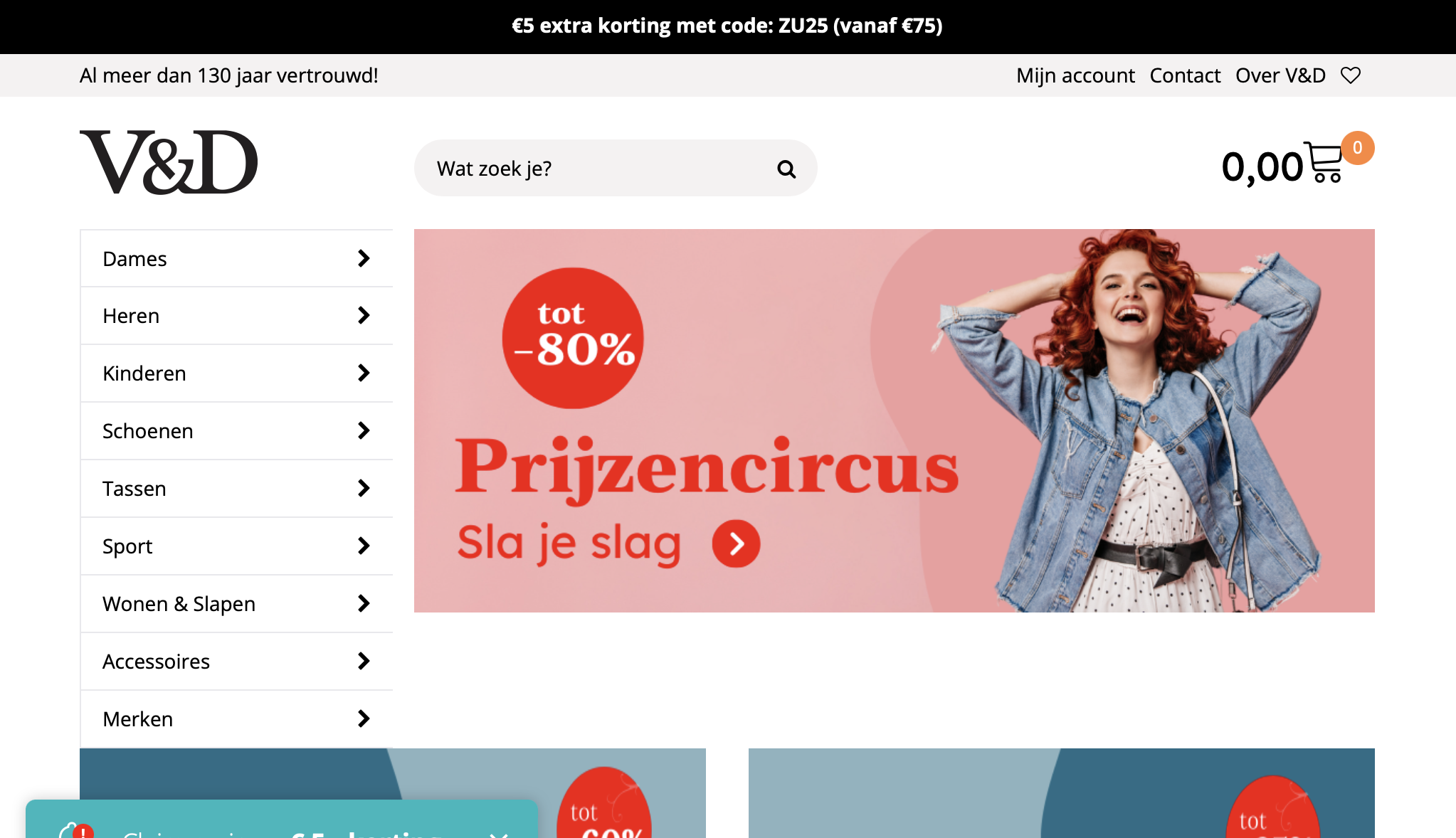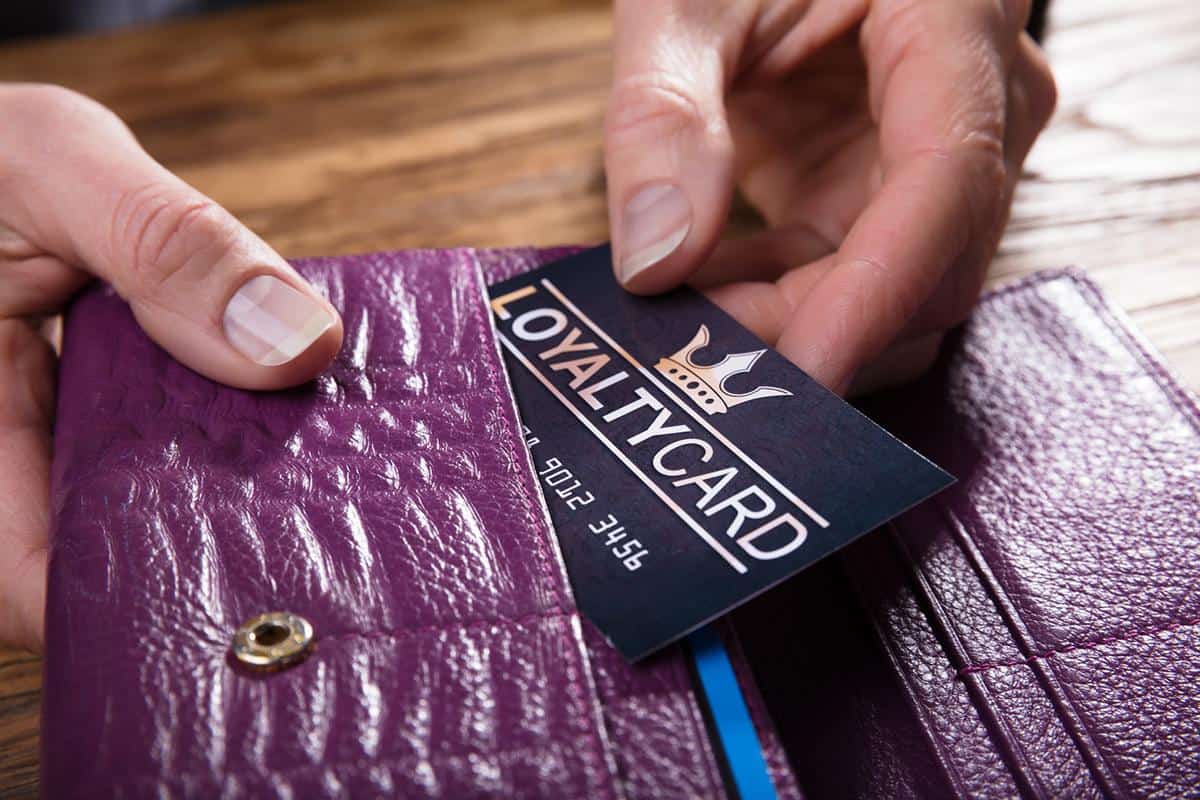Have we become obsessed with offering shoppers quickness over quality? For many retailers, time-to-customer seems to have become the most important success metric, and satisfaction levels could be weakening as a result. Vicky Brock, CEO at returns intelligence specialist Clear Returns, outlines a new fulfilment model, one that gets shoppers to keep more of what they buy.
During a recent Twitter debate on the future of delivery in retail, I was struck by how obsessed we’ve become with speed. Everything is about getting orders to the end buyer as quickly as possible, sometimes at all costs. We’re even talking about accelerating the process in shoppers’ own homes, enabling people to re-order products at the push of a button.
Naturally, promptness is part of the customer experience, but it’s only one element. There are so many other factors that influence satisfaction levels, and if any one of these is out of sync, there’s a high chance the buyer will send it back – which is the least profitable outcome for the retailer.
What if we stopped focussing on how fast we get goods to customers, and started concentrating on providing a dependable, impressive all-round service? And what if we stopped segmenting customers by how much they spend, and instead based propositions on how much they kept?
I’ll tackle the latter point first, as it raises an interesting issue about the way we view customer value. It’s well established that retail now looks beyond individual transactions and analyses lifetime value, however this tends to be based on how much is taken home – discounting the volume of purchases that are sent back.
There are certain customer segments that appear valuable under retailers’ current systems, which are actually draining profits. On average, 5% of shoppers fall into the category of being an ‘overbuyer’, for example, constantly purchasing several items and deciding once the product has been delivered what goods (if any) they will keep.
This type of buyer is responsible for 20% of all returns. Yet because they place orders more frequently, retailers are far more likely to offer them premium delivery services based on their old value calculations, resulting in more costly and complex fulfilment operations.
On the flip side, extremely loyal customers, who may purchase less often but keep everything, are not being incentivised in this same manner. This not only fails to maximise the potential value of their loyalty, it leaves retailers vulnerable to a breakdown in their relationship with the customer if they do find themselves dissatisfied; disgruntled consumers in the loyal category very rarely shop again with a business that lets them down.
If we’re going to change the way we look at customer value, why not also change the way we look at the sales process as a whole, to concentrate more intensely on whether goods are likely to be kept before they’re rushed out the door.
Even with the quickest delivery in the world, an item is not going to satisfy customers if its quality does not hold up, its appearance differs wildly from online descriptions and imagery, or it arrives broken as a result of poor packaging. And these are just a few examples.
At present, there is serious under-investment in the science of returns, so most retailers are unable to identify problematic products and processes before they escalate into a serious cost-draining issue.
Leading-edge returns analytics not only look at key drivers before the sale occurs, but can integrate with order management and warehousing systems to monitor what happens after the initial sales transaction – a blind-spot in most retailers’ operations – to identify where difficulties occur. This way, companies can quickly isolate the problem at hand, and make changes at an early stage, to avoid compromising customer satisfaction.
By doing it this way, retailers not only work out which customers genuinely need quick service, and play to this preference to ensure they remain loyal – they work out how to make sure the products being sold are kept as well.
Even among those who don’t necessarily qualify for a premium delivery service, chances are they’ll settle for a slightly longer fulfilment time, in return for a high quality product, carefully delivered, which matches their expectations.
So perhaps it’s not speed that we should be prioritising, but certainty. This approach ensures that not only does the right product reach the right person at the right time, but that the purchaser is much more likely to hold onto it.









